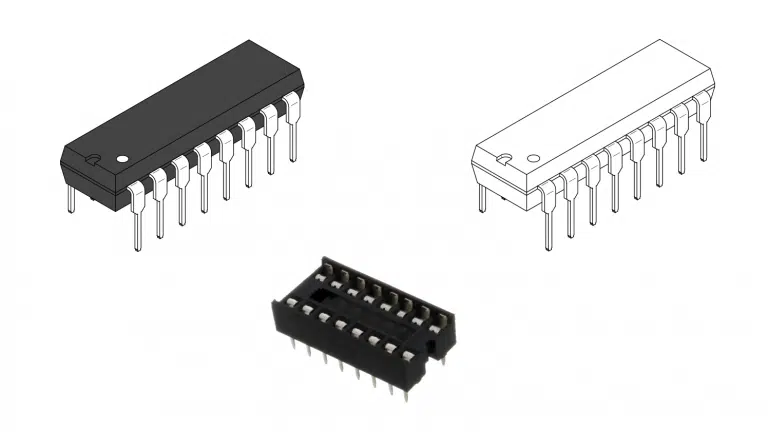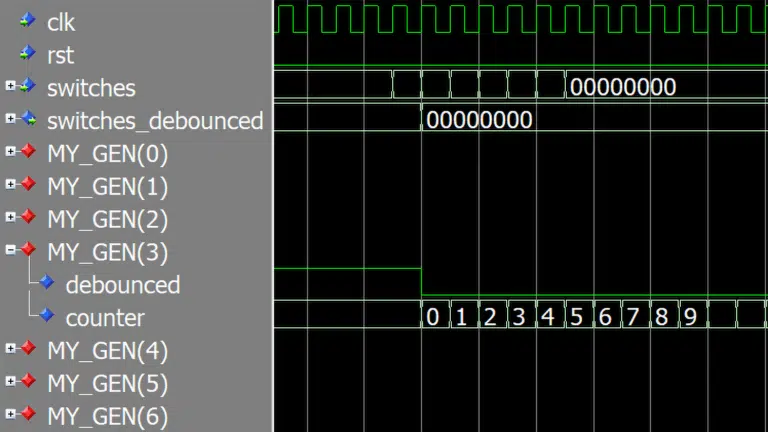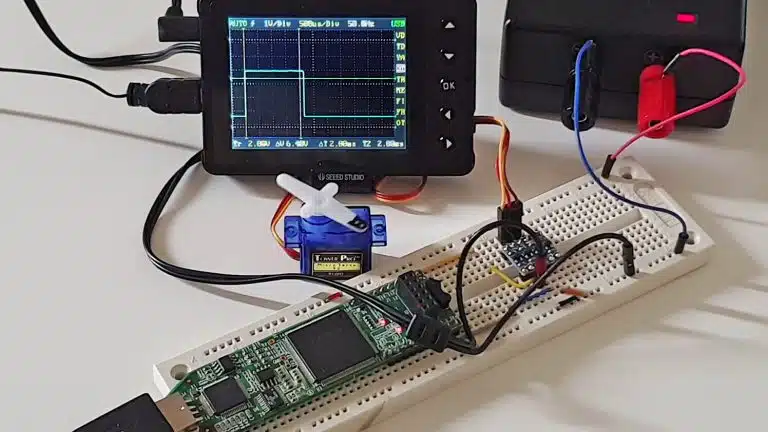The ModelSim commands you need to know
Many people struggle to understand the ModelSim/QuestaSim VHDL simulator’s workflow. I think that’s unnecessary because the basic workflow isn’t hard to learn. I regard the graphical user interface (GUI) as a front-end for the commands listed in this article. For example, when you click the Compile button in the ModelSim GUI, it runs the vcom…










